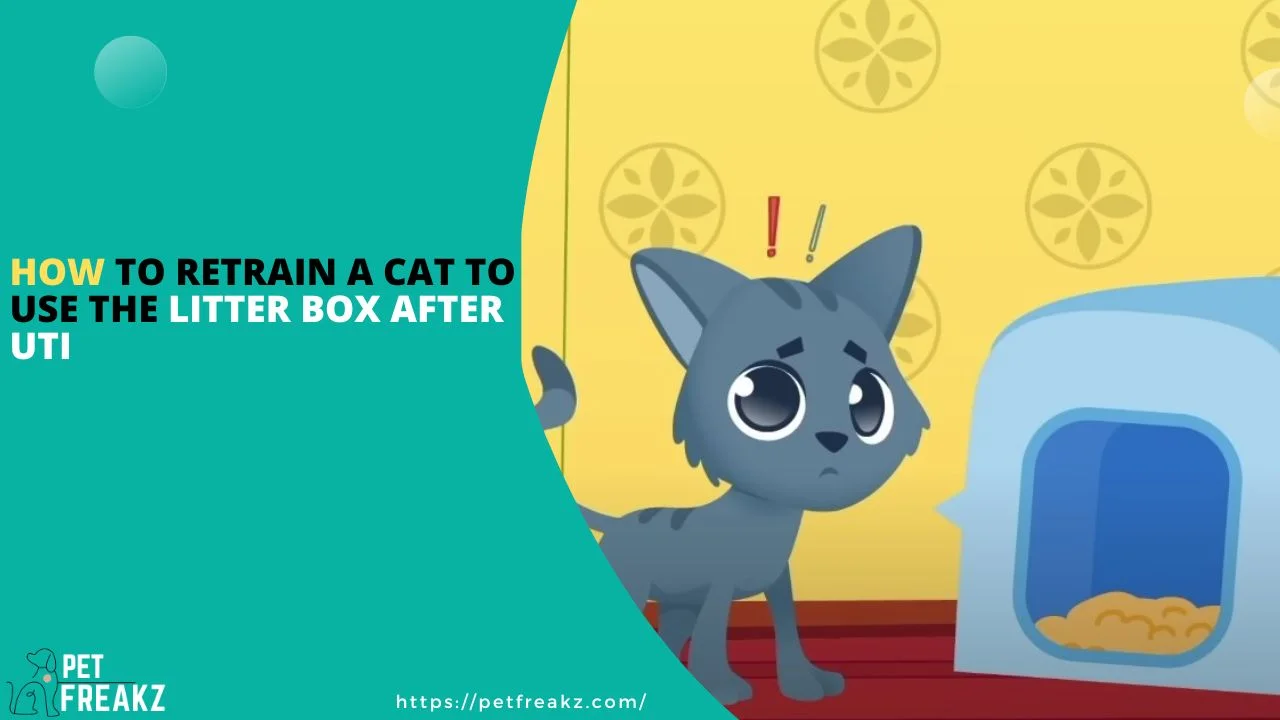Table of Contents
Introduction
If your feline friend has recently recovered from a urinary tract infection (UTI) and is having trouble using the litter box and you don’t know how to retrain a cat to use the litter box after UTI, don’t fret! Retraining your cat to use the litter box after a UTI is a common challenge faced by many cat owners.
In this comprehensive guide, we will walk you through the process step by step, offering valuable insights based on first-hand experience and expert advice. You’ll learn effective techniques, useful tips, and common pitfalls to avoid during the retraining process. Let’s dive in and help your furry companion get back to using the litter box with ease.
Why Did My Cat Stop Using the Litter Box After a UTI?
When a cat has a UTI, it experiences pain and discomfort while peeing. This association between pain and the litter box can lead to a negative association. Your cat may start associating the litter box with pain, causing it to avoid the box altogether. It’s important to note that this behaviour is not a deliberate act of defiance, but rather a response to physical discomfort.
How to Retrain a Cat to Use the Litter Box After UTI
Before diving into the retraining process, it’s essential to comprehend the impact of UTI on your cat’s litter box habits. A UTI can cause discomfort and pain during urination, leading your cat to associate the litter box with discomfort. This negative association may lead to litter box avoidance or a cat suddenly afraid of the litter box. It’s crucial to be patient and understanding during the retraining process, as your cat needs time to heal and relearn positive litter box habits.
Consult your veterinarian
Before starting the retraining process, it’s important to have your cat checked by a veterinarian. They can confirm if the UTI has been successfully treated and rule out any other underlying medical conditions that may be affecting your cat’s litter box behaviour.
Create a comfortable and stress-free litter box environment
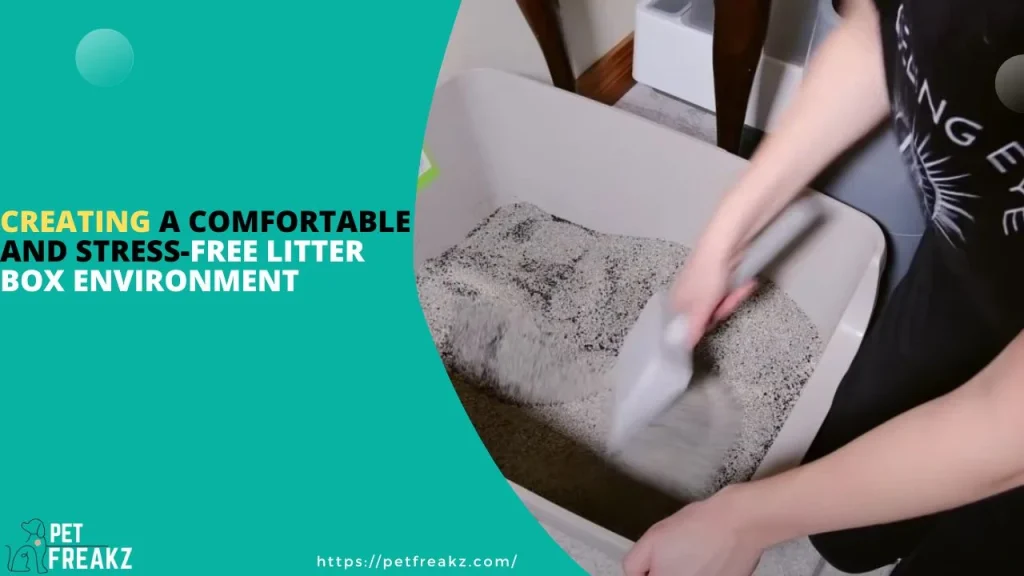
Cats are creatures of habit, so it’s important to maintain a consistent and inviting litter box environment. Choose a quiet and accessible location for the litter box, away from areas with high foot traffic or loud noises. Ensure the litter box is clean, with fresh litter and an appropriate depth for your cat to dig. Consider using unscented litter, as some cats may be sensitive to strong odours.
Introduce positive reinforcement techniques during the retraining process
Positive reinforcement is a powerful tool when it comes to retraining your cat. Reward your cat with treats, praise, or playtime whenever it uses the litter box. You can also try clicker training, where you use a clicker to mark the desired behaviour and then reward your cat immediately. Be patient and consistent with the rewards, gradually reducing them as your cat becomes more comfortable using the litter box again.
Creating a Comfortable and Stress-Free Litter Box Environment
A comfortable and stress-free litter box environment is essential for retraining a cat to use the litter box after UTI. Here are some important factors to consider:
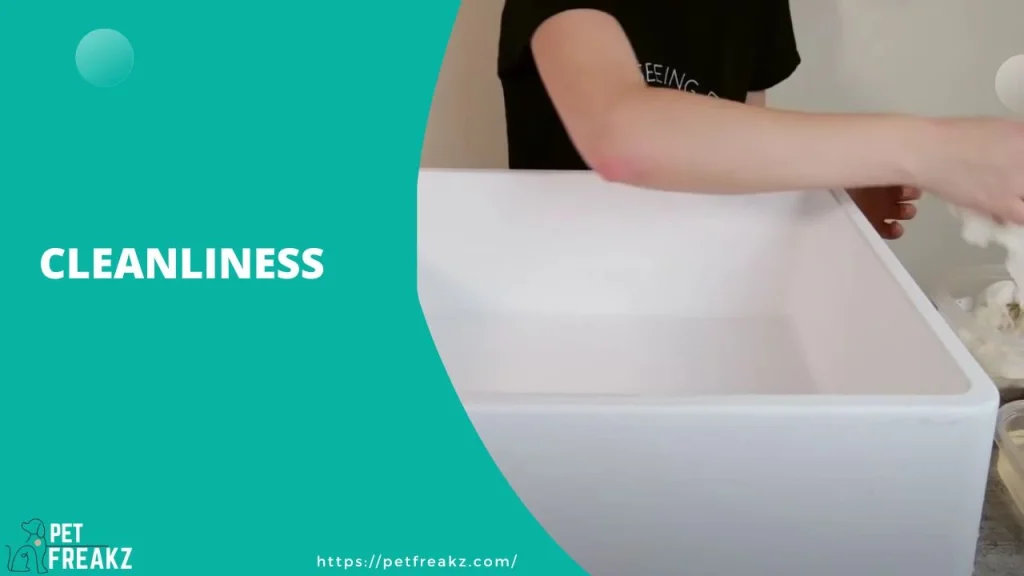
- Location: Choose a quiet and accessible location for the litter box. Cats prefer privacy when using the litter box, so avoid placing it in high-traffic areas or near noisy household appliances.
- Cleanliness: Keep the litter box clean at all times. Scoop it daily and completely change the litter once a week. Cats are sensitive to cleanliness, and a dirty litter box may discourage them from using it.
- Litter type: Experiment with different types of litter to find the one your cat prefers. Some cats prefer clumping litter, while others may prefer non-clumping or natural litter. Avoid scented litter, as the strong fragrance may deter your cat.
- Litter box size: Ensure that the litter box is large enough for your cat to comfortably move around and dig. A rule of thumb is to choose a box that is at least 1.5 times the length of your cat.
By creating a comfortable and stress-free litter box environment, you are increasing the chances of your cat willingly using the litter box again.
Introducing Positive Reinforcement Techniques During the Retraining Process
Positive reinforcement is a powerful tool in retraining a cat to use the litter box after UTI. Here are some techniques to incorporate into the retraining process:
- Reward immediately: Whenever your cat uses the litter box, reward it immediately with treats, praise, or playtime. This creates a positive association with the litter box and encourages your cat to repeat the behaviour.
- Clicker training: Clicker training can be an effective method to reinforce desired behaviour. Use a clicker to mark the moment your cat enters the litter box or starts digging. Follow the click with a reward to strengthen the association between the behaviour and the reward.
- Be patient and consistent: Retraining takes time and patience. Avoid punishing your cat for accidents outside the litter box, as this can create further stress and confusion. Instead, focus on rewarding and reinforcing the desired behaviour. Consistency is key in helping your cat understand what is expected of it.
By utilizing positive reinforcement techniques, you are creating a positive and rewarding experience for your cat, making it more likely to use the litter box consistently.
Common Mistakes to Avoid When Retraining Your Cat
When retraining your cat to use the litter box after a UTI, it’s important to avoid common mistakes that can hinder the retraining process. Here are some pitfalls to watch out for:
- Punishment: Punishing your cat for accidents outside the litter box can create fear and anxiety, worsening the problem. Instead, focus on positive reinforcement to encourage desired behaviour.
- Inadequate cleaning: Cats are sensitive to cleanliness, and a dirty litter box can discourage them from using it. Ensure you clean the litter box regularly and completely change the litter once a week.
- Insufficient litter boxes: Having too few litter boxes can lead to competition and stress among multiple cats in the household. Provide one litter box per cat, plus an extra one, to ensure accessibility and reduce potential conflicts.
Avoiding these common mistakes will help create a positive and effective retraining experience for your cat.
How Long Does it Take for a Cat to Feel Better After UTI?
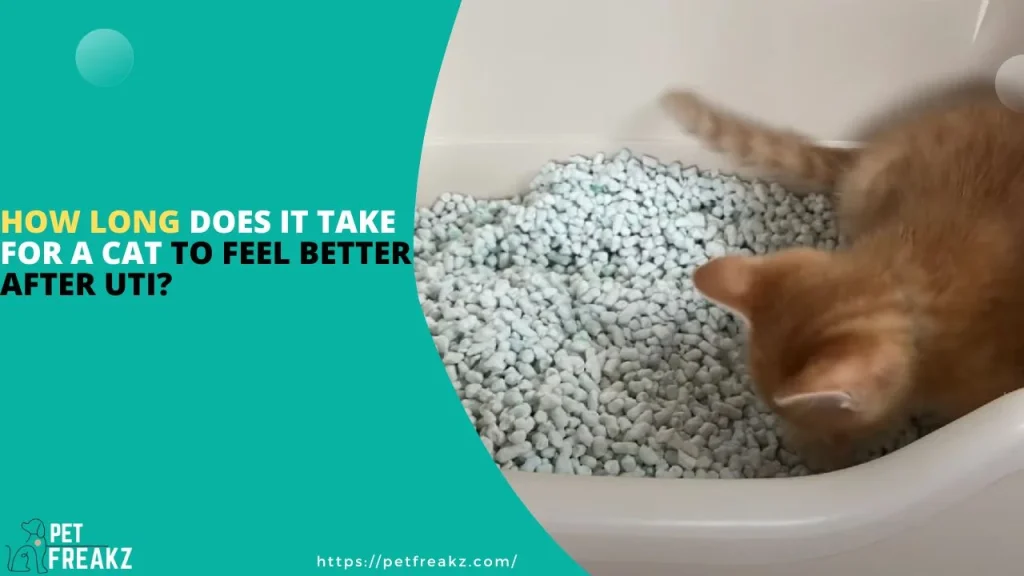
The recovery period for a cat after a UTI can vary based on several factors, including the severity of the infection, the cat’s age and overall health, and the effectiveness of the treatment provided. In general, most cats start showing signs of improvement within 2 to 4 days after starting treatment. However, complete recovery may take anywhere from 7 to 14 days.
However, it’s important to complete the full course of antibiotics as prescribed by your veterinarian, even if your cat appears to be feeling better.
What is the Best Litter for Cats with UTI?
When dealing with a cat’s UTI, it’s crucial to prioritize their comfort and well-being. The litter you choose can play a significant role in their recovery and overall happiness. Here are some key factors to consider when selecting the best litter for cats with UTIs:
Dust-Free and Low-Tracking Litter
When a cat has UTI, it may experience increased sensitivity. Opt for litter that is dust-free to minimize respiratory irritants. Additionally, low-tracking litter helps reduce the spread of bacteria and keeps your home clean.
Non-Clumping or Soft Clumping Litter
Clumping litter may be too harsh on a cat’s delicate urinary tract during this period. Choose non-clumping or soft clumping options to prevent any additional discomfort.
Natural and Unscented Litter
Avoid scented litter, as strong fragrances can be overwhelming for cats with UTIs. Instead, opt for natural and unscented options that won’t irritate their sensitive senses.
Hygienic and Antibacterial Properties
Look for litters with antibacterial properties to help prevent bacterial growth and maintain a hygienic litter box environment.
Low Dust and High Absorption
Litters that produce minimal dust are ideal for cats with respiratory sensitivities. High absorption ensures that the litter can effectively handle increased urine output.
Biodegradable and Eco-Friendly
Consider eco-friendly and biodegradable litters that are gentle on the environment and safe for your cat.
Soft and Comfortable Texture
Opt for litters with a soft and comfortable texture to provide ease and comfort for your cat during their recovery.
5 Types of Litter for Cats with UTI
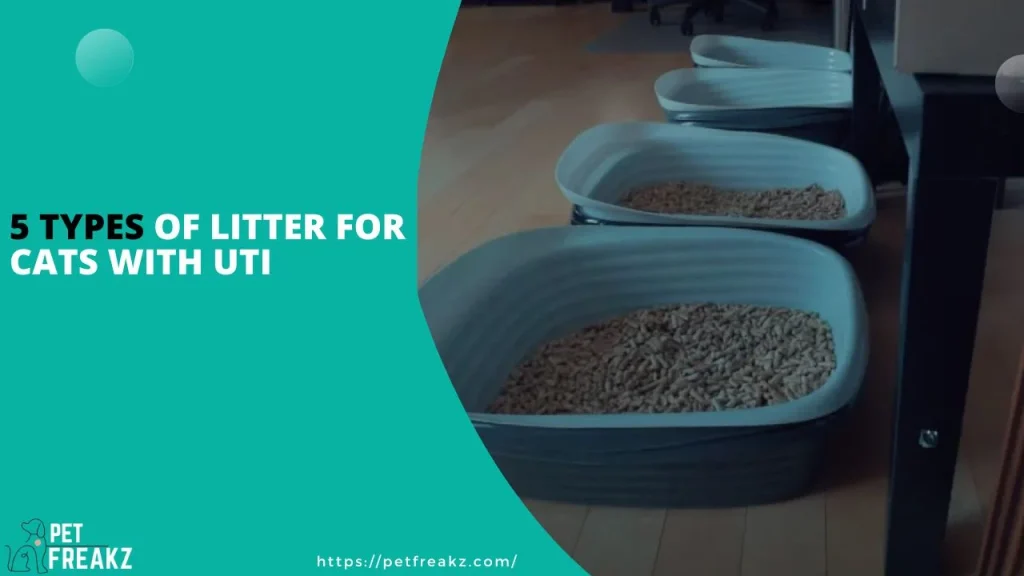
There are several types of litter available, each with its own advantages and drawbacks. Let’s explore some popular options:
1. Clay Litter
Clay litter is one of the most common and affordable choices. It offers good absorbency, but it may not be the best option for cats with UTIs due to its dust and fragrance.
2. Silica Gel Crystals
Silica gel crystal litter is known for its excellent absorbency and odour control. However, it can be quite dusty and may not be suitable for cats with UTIs.
3. Recycled Paper Pellets
Recycled paper pellets are eco-friendly and low in dust, making them a suitable option for cats with UTIs. However, they may not control odour as effectively as other litter.
4. Pine Pellet Litter
Pine pellet litter is natural and provides good absorbency. Some cats may enjoy its pleasant scent, but others might be sensitive to it.
5. Wheat-Based Litter
Wheat-based litter is biodegradable and has good clumping properties. However, some cats may have allergies to wheat.
FAQs
How long does it take to retrain a cat to use the litter box after a UTI?
The retraining process can vary from cat to cat. Some may adapt quickly within a few weeks, while others may take several months. Patience and consistency are key.
Can I use a different type of litter after my cat’s UTI?
Yes, you can experiment with different litter types to find the one that your cat prefers. Gradually introduce the new litter to avoid aversion.
Can stress cause UTIs in cats?
Yes, stress can contribute to UTIs in cats. Minimizing stress factors can be beneficial in preventing recurrent infections.
Will my cat go back to using a litter box after UTI?
Most likely, yes. After receiving treatment for a UTI, cats usually resume using the litter box.
Can a UTI cause a cat not to poop?
A UTI typically affects the urinary tract, not the gastrointestinal system, so it’s unlikely to directly cause a cat not to poop. However, if the cat feels unwell or stressed, it may affect their litter box habits, including pooping.
Conclusion
After all of the following steps, Now you know how to retrain a cat to use the litter box after UTI. It requires patience, consistency, and positive reinforcement. By understanding the reasons behind their avoidance and implementing a comfortable and stress-free litter box environment, you can guide your cat back to its natural instinct. Avoid common mistakes, be patient during the retraining process, and seek veterinary assistance if necessary.
